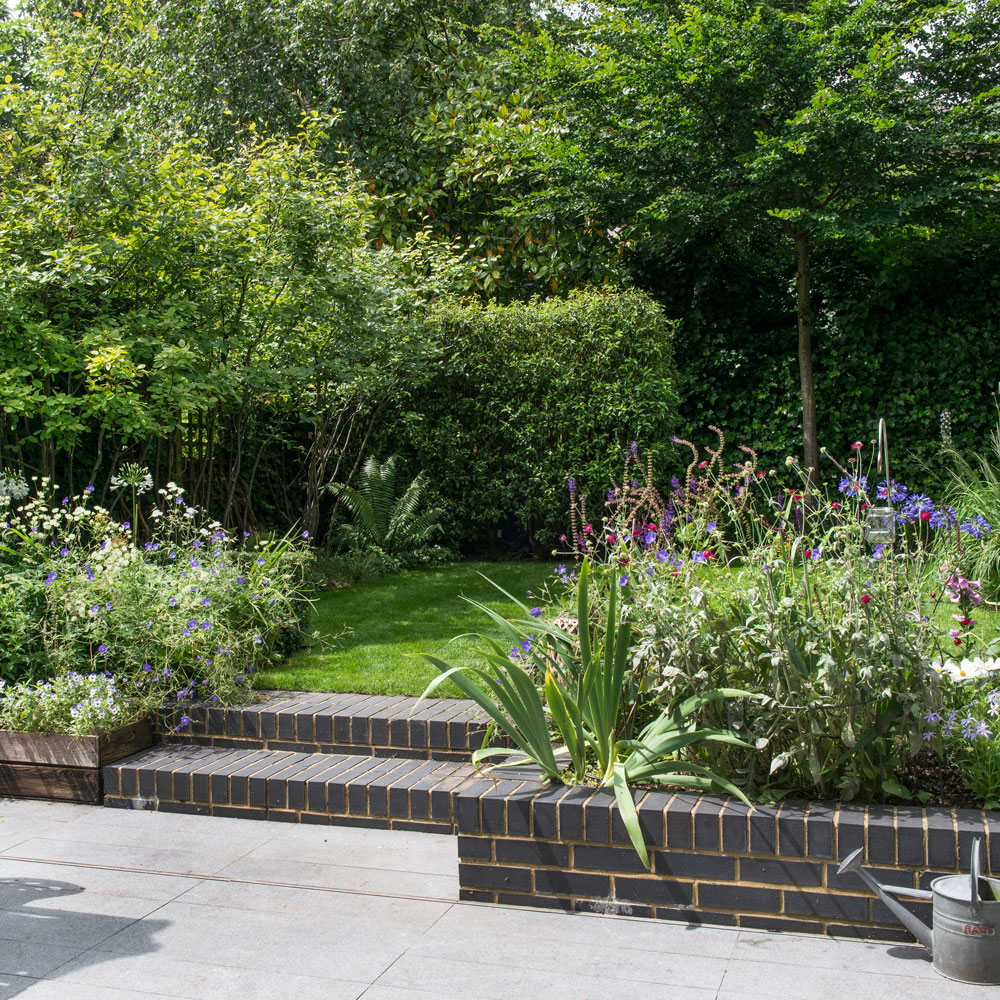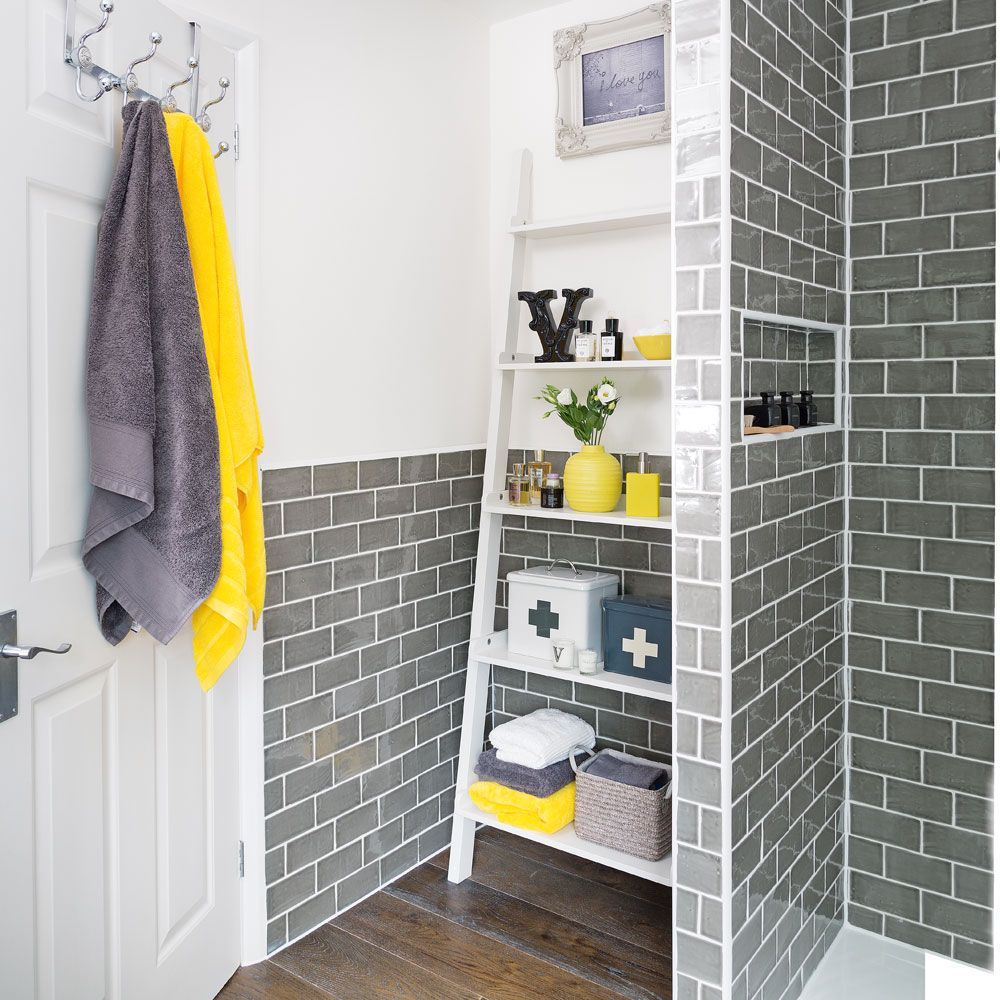7 reasons why your home isn’t selling – and what to do about it
Struggling to sell your home? Don't panic – there's probably a simple reason for it
Amid skyrocketing house prices and unprecedented demand for housing, homeowners can feel like they can relax in what is a sellers' market. However, not even the hottest housing market can guarantee that your house will sell. Especially if you are selling a home in an urban area right now, you may already be experiencing the unexpected difficulty.
Buying or selling a home? Consult our property advice section for all the information you need
Fortunately, most of the reasons why a home isn't selling are easily identifiable and rectifiable and fit into a shortlist. Experts from regulated property buyers, GoodMove have revealed seven common reasons why your home isn’t selling, plus easy ways to resolve them.
'Although this past year has been a stellar one for the property market, there are many people who are struggling to sell their home,' says Nima Ghasri, Director at GoodMove. 'There are many common reasons why your home might not be selling, and although there are things that you cannot change such as a lack of garden or being near a busy road, there are things you can do to help rectify these issues and make your home have the ultimate buyer appeal!'
The top 7 reasons your home isn't selling
1. The house is near a busy or high-speed road
While you can’t change where your home is located, there are a few things you can do to prevent some of the noises that come from living near a busy road. Invest in double or even triple-glazed windows to help block out the noise, or incorporate tall foliage or fences to your garden to block the sight and sound of cars – just be wary of blocking out too much light. In the garden, try adding water features to mask the noise, or if possible, you can lower the level of your garden to reduce any unwanted sound from the road.
2. The house doesn’t have a garden

If your house doesn’t have a garden and this is a deal-breaker for a potential buyer, there’s sadly not an awful lot you can do. Especially right now, houses with gardens are in huge demand, while those without – not so much. However, you can work to make whatever outdoor space you have as desirable as can be, even if it's a tiny patio, courtyard, or balcony.
Sign up to our newsletter for style inspiration, real homes, project and garden advice and shopping know-how
Try adding as much greenery as you can to the outdoor space, through plants, flowerpots, herbs, and small trees which will help give the impression of a garden. As far as patio ideas go, a few container plants can make a big difference. Sometimes it’s not about the garden, but more about showing your property comes with the potential to spend time outdoors.
3. The house has signs of damp

Damp can be a huge cause for concern for a potential buyer. The trick is to tackle it early and take steps to prevent it as if it’s left unattended it can really be damaging to your home and put buyers off.
Make sure your home is well heated and ventilated and use a fan or dehumidifier to tackle condensation or excess steam from showers. Check out our best dehumidifier guide if you're looking to invest in a new one.
Anti-mould paint will also help protect your walls from mould, but make sure you’re combating the problem and not just masking it with paint.
4. The neighbours are noisy
Neighbours are a huge consideration for potential buyers, and nobody wants to be caught off guard by noisy neighbours after moving into their new home. Don't be surprised if many potential buyers ask about the neighbours during property viewings.
Dealing with noisy neighbours is always going to be awkward, but the best way to go about fixing it is to politely address the issue in person. If a polite conversation doesn’t work, you could try polite notes, keeping a record of the noise disruption, and finally, once you’ve exhausted all polite options, speak to the local authorities for advice.
5. Parking at the property is a problem

Not having a designated parking space can be a huge problem for potential buyers. Again, you can’t do anything about a parking space if you don’t have one. However, it’s a good idea to address this issue with potential buyers and leave information for them that explains where the nearest parking facilities are, public transport links, how much it costs, or what you yourself currently do for parking.
6. The asking price is too high
It’s crucial to make sure that you value your home correctly before putting it on the market. Overvaluing your property will really put off buyers. If the asking price doesn’t reflect the value of the home, then buyers won’t want to put in an offer.
The longer your property stays on the market, the wearier prospective buyers will be. It’s always a good idea to make sure your property is fairly valued. Get an experienced estate agent with in-depth knowledge of your area to make sure you don't find yourself in a position where your home is down valued further down in the selling process.
Related: Avoid these 5 mistakes when selling a house – and sell faster and for more money
7. The house smells
Nobody wants to buy a house that smells! They say the smell of freshly baked bread or crisp laundry are some of the secrets to selling houses, but if you’ve no time to cook before a viewing, then use air fresheners or scented reed diffusers and make sure your house is well ventilated.
Damp is one of the main things potential buyers will be able to detect through scent, thanks to its distinctive musty smell, so make sure you treat any problem areas too. Try to keep pet smells at bay as well – wash all pet bedding and keep dogs outside during viewings.
Anna Cottrell is Consumer Editor across Future's home brands. She moved to the world of interiors from academic research in the field of English Literature and photography. She is the author of London Writing of the 1930s and has a passion for contemporary home decor and gardening.